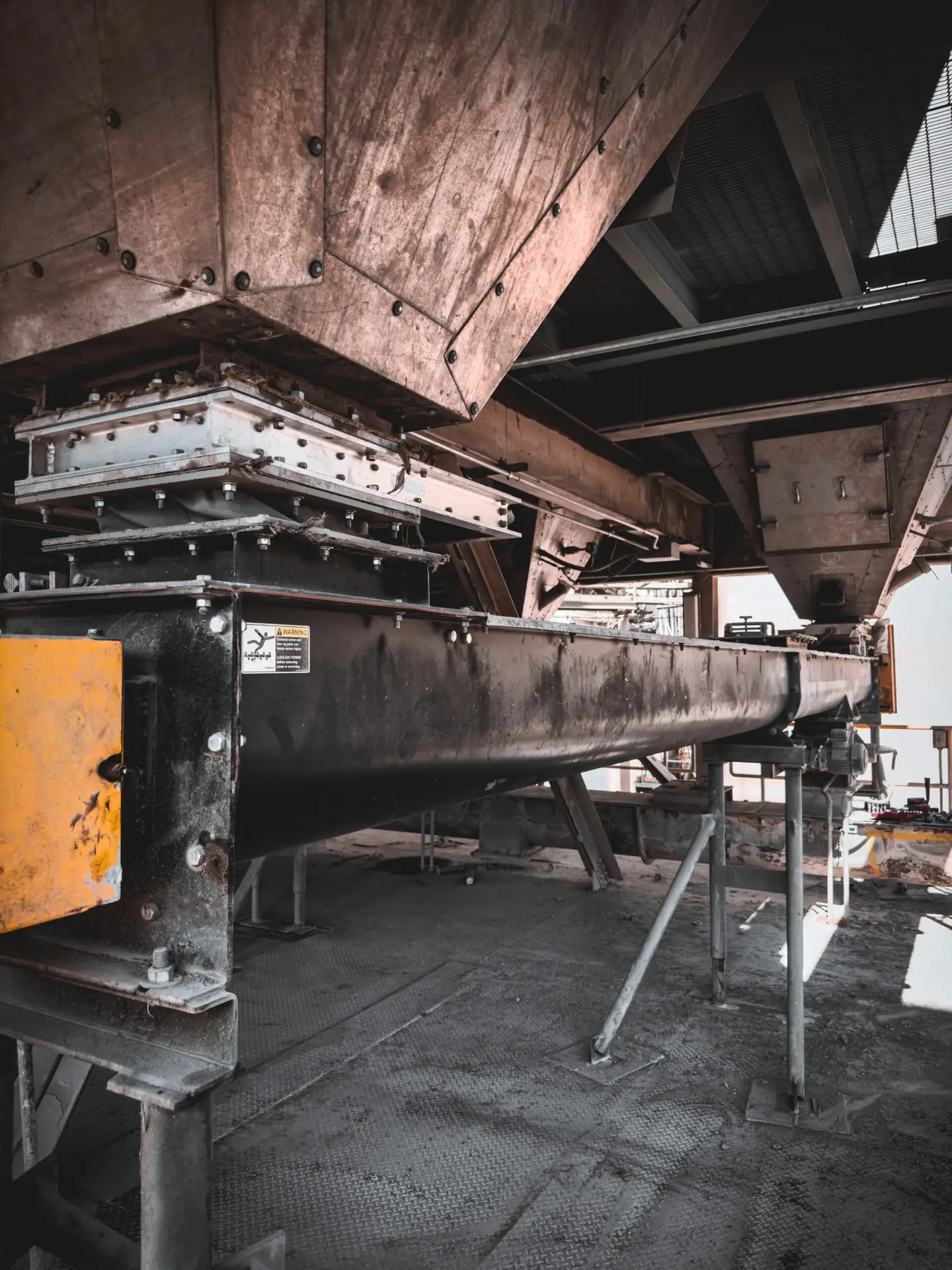Screw conveyors are a type of mechanical equipment used to transport bulk materials horizontally or at a slight incline. They consist of a helical screw blade, also known as an auger, that rotates within a trough or tube to move materials. Screw conveyors are commonly used in industries such as agriculture, food processing, and chemical manufacturing to move materials like grains, powders, and chemicals. Working Principle The basic working principle of a screw conveyor is straightforward. The auger rotates within a trough or tube, creating a flow of material along the axis of the screw. As the screw rotates, the material moves from one end of the trough to the other, pushed by the rotating blades. The screw can be configured in various shapes, including helical, ribbon, or paddle, depending on the specific application.

Types of Screw Conveyors
There are several types of screw conveyors, each with unique features and suitable for specific applications.
Horizontal Screw Conveyors
Horizontal screw conveyors are the most common type and are used for transporting materials horizontally. They are often used in applications where the material needs to be moved a relatively short distance, such as between different parts of a manufacturing process.
Inclined Screw Conveyors
Inclined screw conveyors are used for transporting materials up an incline. They are designed with a steeper angle than horizontal screw conveyors and often include a feed hopper to assist with material loading.
Vertical Screw Conveyors
Vertical screw conveyors are used for transporting materials vertically. They are often used in applications where the material needs to be lifted to a higher elevation, such as loading or unloading from a silo.
Shaftless Screw Conveyors
Shaftless screw conveyors are used for handling sticky or viscous materials that tend to stick to the screw blade or tube. They are designed with a spiral-shaped blade that is supported by a flexible membrane, rather than a central shaft.
Screw Feeders
Screw feeders are used for metering materials into a process at a controlled rate. They are designed with a rotating screw blade that feeds material into a hopper or process equipment.
Components of Screw Conveyors
Screw conveyors are made up of several components that work together to transport materials. These components include:
1. Screw Flight: The screw flight is the helical, paddled, or ribboned, main component of the conveyor and is responsible for moving the material.
2. Trough or Tube: The trough or tube provides a housing for the screw blade and contains the material being transported.
3. Drive System: The drive system powers the screw blade and is typically an electric motor or hydraulic system.
4. Bearings: Bearings support the screw blade and prevent it from wobbling or vibrating during operation.
5. Hopper or Feed Chute: A hopper or feed chute may be included to assist with material loading, particularly for inclined or vertical screw conveyors.
6. Covers and Guards: Covers and guards are used to protect personnel from moving parts and prevent material from escaping the conveyor.
Maintenance and Safety Considerations
Screw conveyors require regular maintenance to ensure safe and efficient operation. The following maintenance and safety considerations should be taken into account:
1. Regular inspection of all mechanical components, including the screw blade, trough or tube, and drive system.
2. Lubrication of all moving parts to reduce wear and tear.
3. Regular cleaning of the conveyor and removal of any debris or material buildup.
4. Proper training of operators on safe operation and maintenance procedures.
5. Use lockout/tagout procedures to prevent accidental startup during maintenance or repair activities.
6. Never overload the conveyor or exceed its capacity limits.
7. Regularly inspect the conveyor for any signs of wear
Additional safety instructions to consider when operating and maintaining a screw conveyor:
1. Ensure that all guards and safety devices are in place and working properly before operating the screw conveyor.
2. Wear appropriate personal protective equipment, such as gloves and eye protection, when working on or around the conveyor.
3. Use caution when working with materials that are flammable, explosive, or toxic, and follow all appropriate safety procedures.
4. Use caution when working near rotating equipment, such as the screw blade, and keep loose clothing and jewelry away from moving parts.
5. Have an emergency plan in place in case of equipment failure or other emergency situations.
6. Ensure that the conveyor is properly grounded to prevent electrical shock.
7. Keep the work area around the conveyor clean and free of debris to prevent slips, trips, and falls.
8. Avoid reaching into the conveyor while it is operating, and use tools or other devices to remove any material buildup.
By following these safety instructions, you can help ensure the safe and efficient operation of your screw conveyor. It’s also important to follow any additional safety procedures specified by the manufacturer or local regulatory agencies.
Monthly Industry Information Plus Special Deals on Parts & Services!!